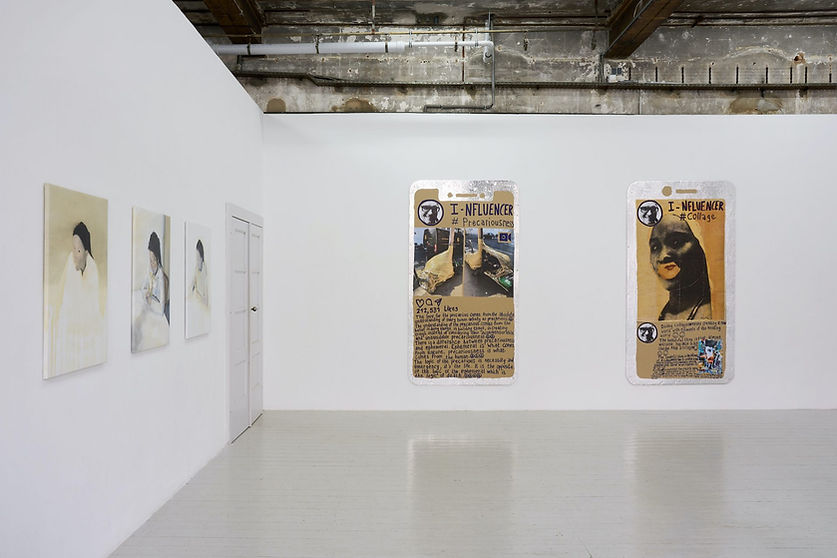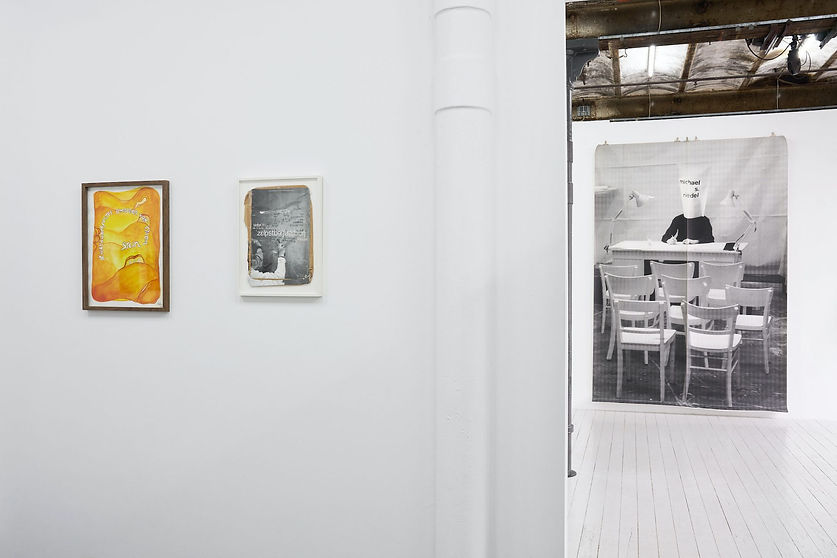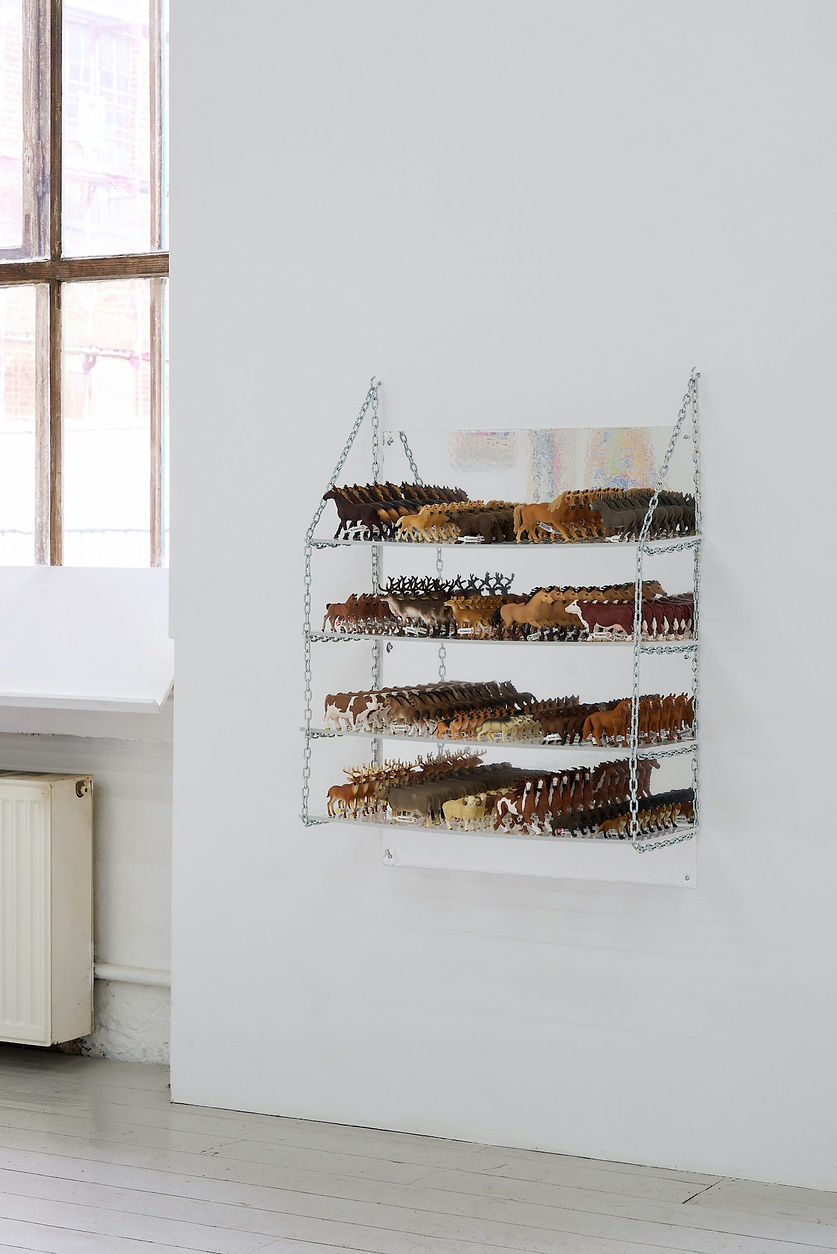











The history of mankind is based solely on the narrative of individuals. Without individual narratives, there is no history. The artistic significance of this basic idea can still be wonderfully illustrated by the myth of man as a creator (like God back then). It seems logical that private mythologies are cherished and cultivated by history-conscious people (including fine artists, celebrities, and top CEOs). The company founding myth is particularly popular: every major company has one, from Microsoft in the garage to Apple in the garage to Tesla on top of douchebag mountain. Fine artists have been using this strategy not only since Joseph Beuys (shot down in a fighter plane, seriously injured, rescued by Tartars, recovered in fat and felt, and resurrected–most of it apparently invented), as the section curated by Harald Szeemann at documenta 5 (1972) called Individual Mythologies has already shown. But what exactly is involved when contemporary artists engage in private mythology? It is the conscious or unconscious narration, concealment, blowing up, belittling, manipulation and instrumentalization of one's own biography in the form of artworks, performances, pamphlets, manifestos, poems, interviews, social media posts, press releases - in short, everything that has to do with today's digital media landscape. Roland Barthes provided the following definition of the myth in his book Mythologies (1957): “The Myth is a system of communication, a message. It can be seen from this that the myth cannot be an object, a concept or an idea; it is a way of meaning, a form.” It is therefore not an ideology, but a change of the gestalt of truth and, in the case of privacy, of one's own biography. Barthes again: “Paradoxical as it may seem, the myth conceals nothing. Its function is to deform, not to make disappear.” The visual artists in this exhibition also do this in an idiosyncratic way and provide a special, unique form of self-(re)interpretation.
Il-Jin Atem Choi